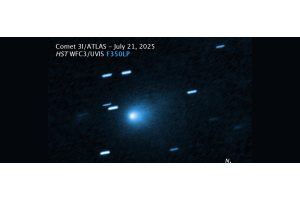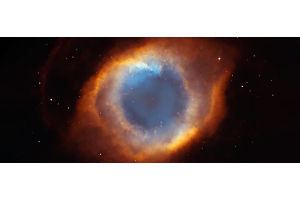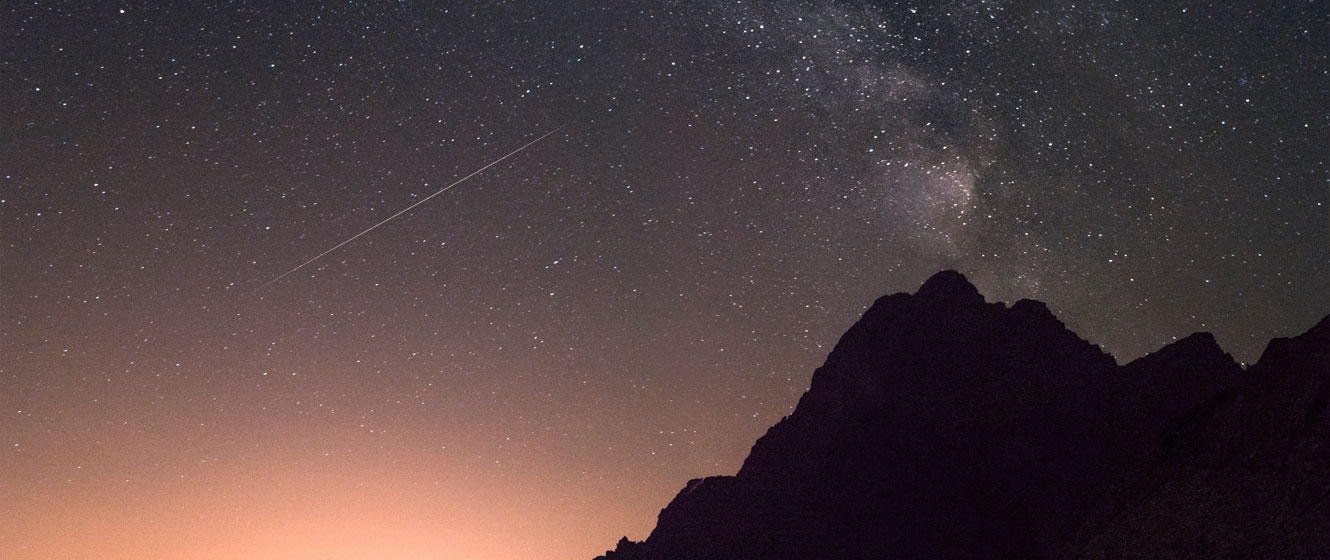
Look up at the sky on any clear, dark night and you’ll find yourself staring at hundreds of stars. It’s impossible to tell, but these stars are actually slowly moving through space. Of course, you’d have to wait a long time to notice any change, but very occasionally you might see what looks like a star go streaking across the sky.
Obviously, the stars don’t move that quickly or fall from the sky, so what exactly is a shooting star? What’s a fireball? And why do meteor showers occur?
What Is A Shooting Star
A shooting star is simply another name for a meteor. These bright streaks of light are tiny pieces of rock (called meteoroids) in space that the Earth sweeps up as it orbits the Sun.
The majority of meteoroids are no larger than an apple seed, or even a grain of sand, but they can enter the Earth’s atmosphere at tremendous speeds - anywhere between 25,000 to 160,00 mph, or roughly 7 to 44 miles per second. In comparison, the space shuttle would re-enter the atmosphere at 17,000 mph or nearly 5 miles per second.
The friction generates an enormous amount of heat that causes the meteoroid to burn up. We then see a meteor shoot across the sky as a result.
What Is A Meteor Shower
Not all meteoroids are random fragments of dust floating through space; some originate from comets and the occasional asteroid. As a comet orbits the Sun, it leaves a trail of dust in its wake. If a comet’s orbit intersects with the Earth’s orbit, then the Earth will pass through the comet debris and we have a meteor shower.
We see the same showers every year because the originating comet makes regular orbits about the Sun. As the comet passes the same point in its orbit, it renews the debris cloud with fresh material, thereby ensuring we can continue to enjoy the shower until the comet returns.
Showers are typically named for the area of sky from which they appear to originate. This area is known as the shower’s radiant. For example, the Perseid meteors have their radiant in the constellation Perseus, while the radiant for the Eta Aquariids is close to the star Eta Aquarii.
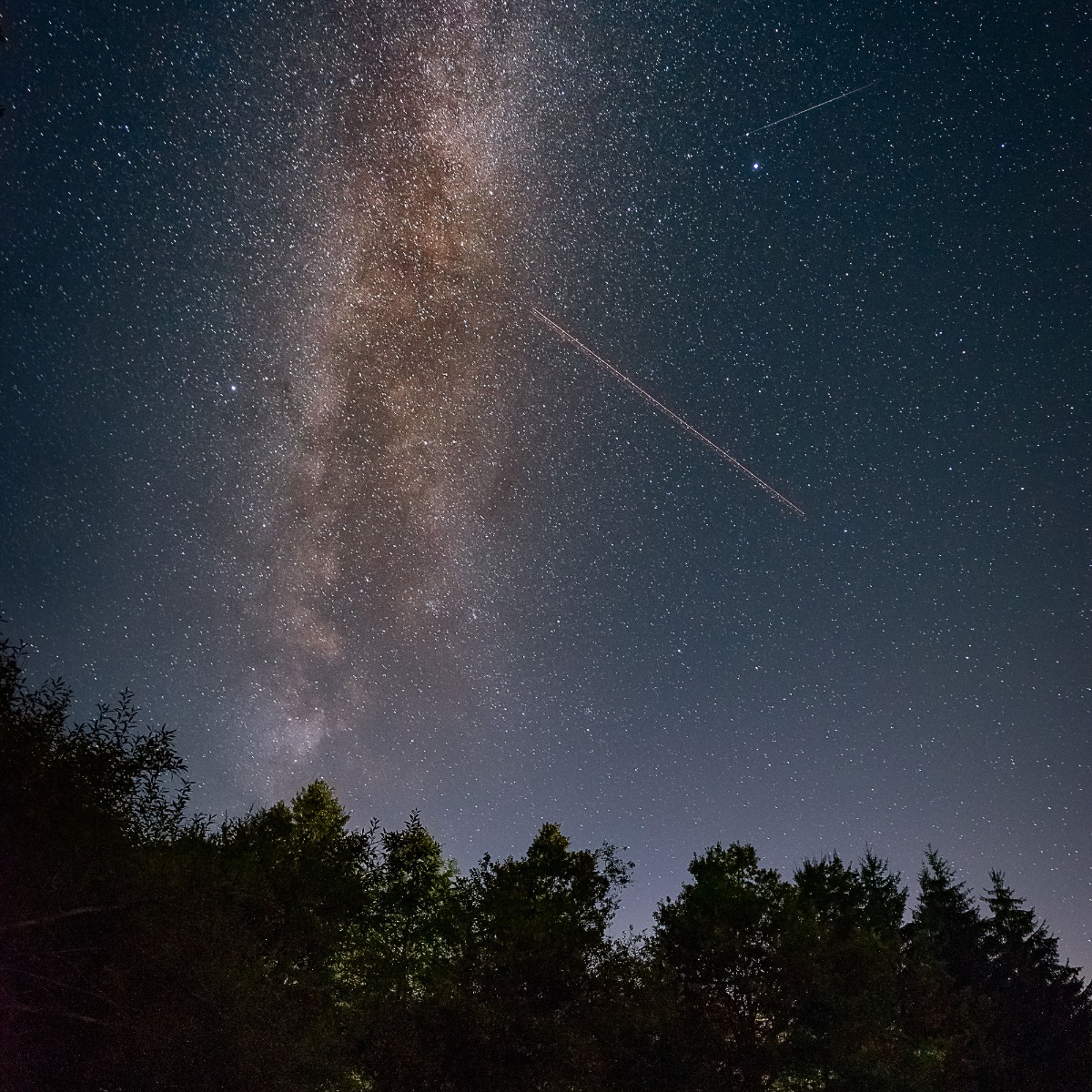
What Are Fireballs And Meteorites
A fireball is a meteor that appears brighter than the planet Venus, but since Venus is rarely visible at the same time as the fireball, it’s sometimes hard to judge if this is the case. Fireballs are not very common, but there are some meteor showers that are prone to producing more fireballs than others.
For example, the Quadrantids, Lyrids, Alpha Capricornids, Perseids, and Southern Taurids can all produce a higher-than-average number of fireballs for observers to enjoy.
The brightness of a meteor can depend on a number of factors, such as its composition, size, and speed. These are all factors that will also determine if a meteoroid will strike the ground. When this happens, it’s known as a meteorite, and as many as 6,100 strike the Earth every year. However, since 71% of the Earth’s surface is covered by water, the majority fall into the ocean and are never recovered.
Little wonder that these rare rocks were worshipped by ancient civilizations and are still sought by collectors around the world!
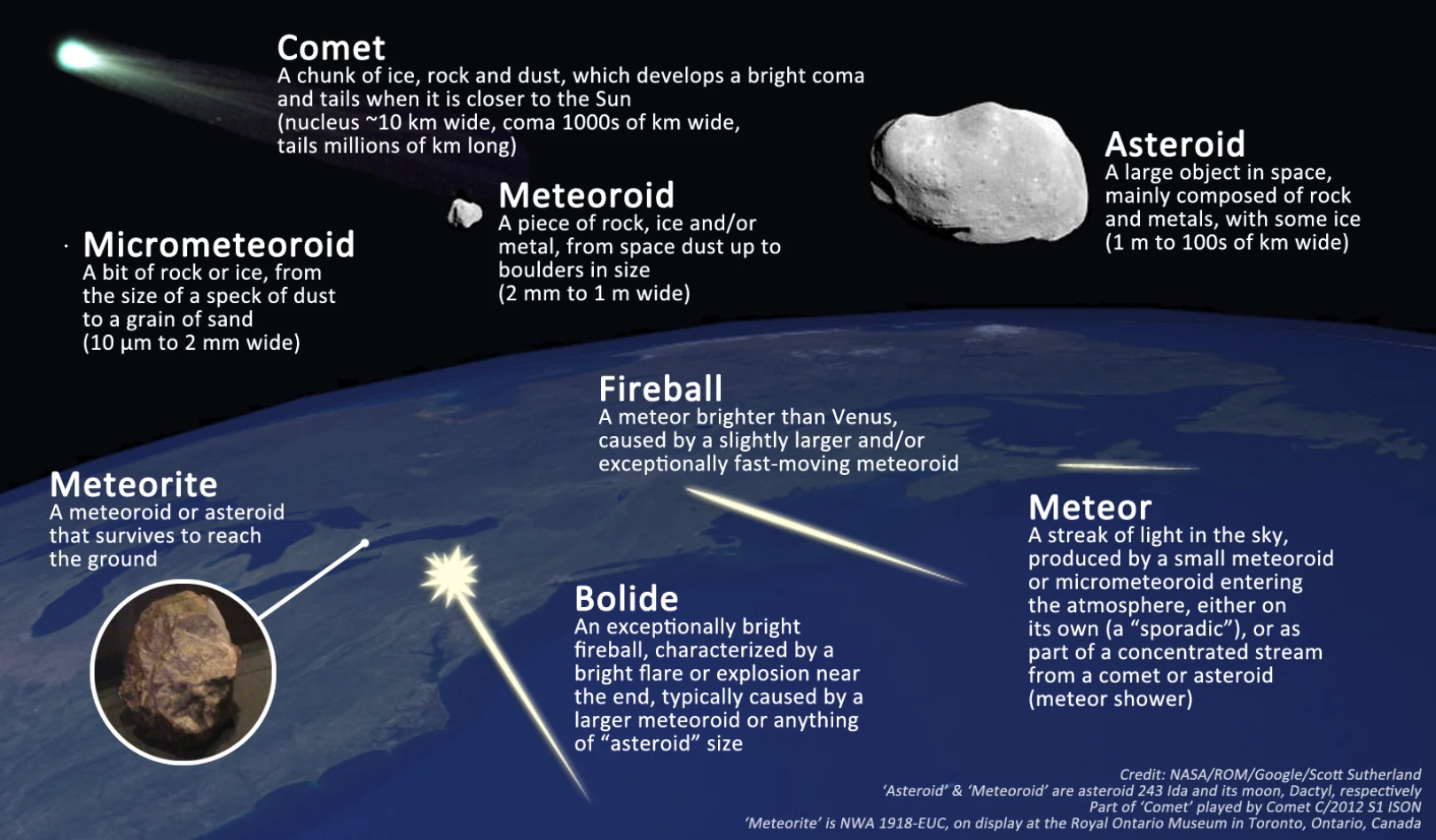

Learn More
Interested in learning more about shooting stars, meteors, and meteor showers? Check out our Astronomy Hub!
This Article was Last Updated on 07/24/2023








